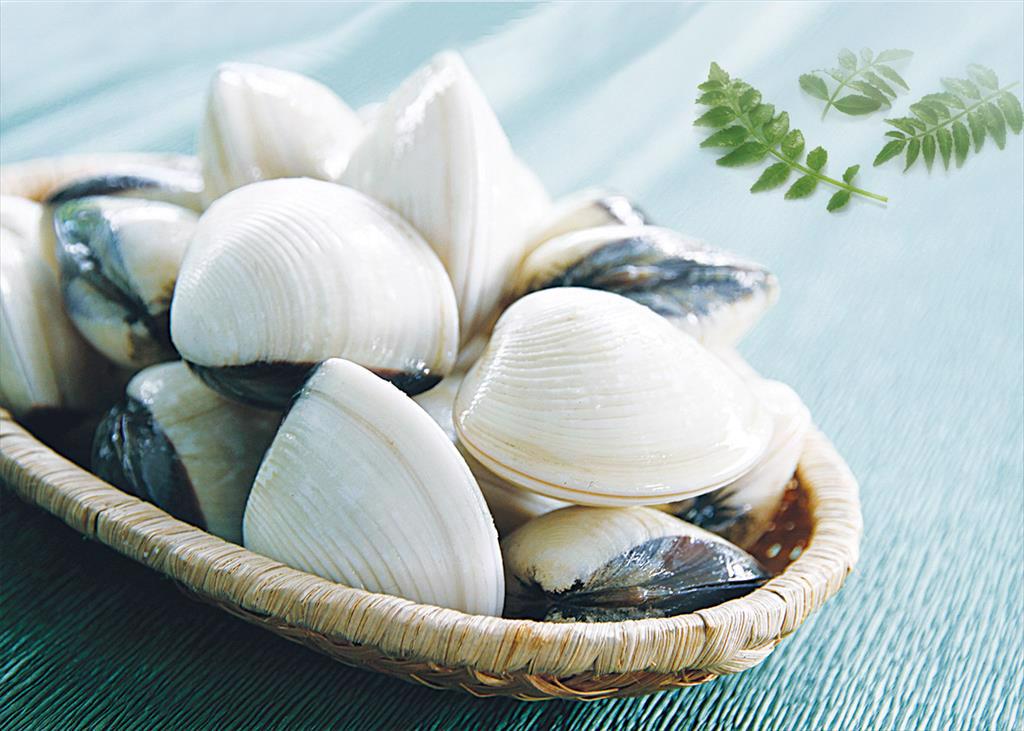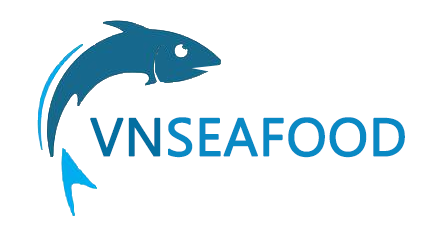Exports of this product group continue to show strong growth in both traditional and emerging markets.
The European Union (EU) remains the largest importer of Vietnamese clams. Within the EU, Italy leads with USD 10 million in imports (as of May 15, 2025), up 39% compared to the same period in 2024. Spain ranks second with nearly USD 9 million, similar to last year.

Meanwhile, exports to China are experiencing rapid three-digit growth, rising by 381%, making it the third-largest market for Vietnamese clams with a value exceeding USD 8 million. Exports to the U.S. and South Korea are also showing promising increases.
However, some traditional markets such as the Netherlands, Japan, the UK, and Singapore have recorded declines. The Netherlands saw a 56% drop, and Japan declined by 38%, indicating increased competition or shifts in consumer demand.
Vietnam currently has multiple clam farming areas that have achieved sustainability certifications such as MSC and ASC. These certifications are considered essential "passports" for entry into strict markets like the EU, U.S., Japan, and Australia.
In the first five months of 2025, Vietnamese clam products were present in 49 global markets. With advantages in domestic production, growing demand, and a focus on sustainability, Vietnam’s clam exports are expected to maintain a positive growth trajectory.





